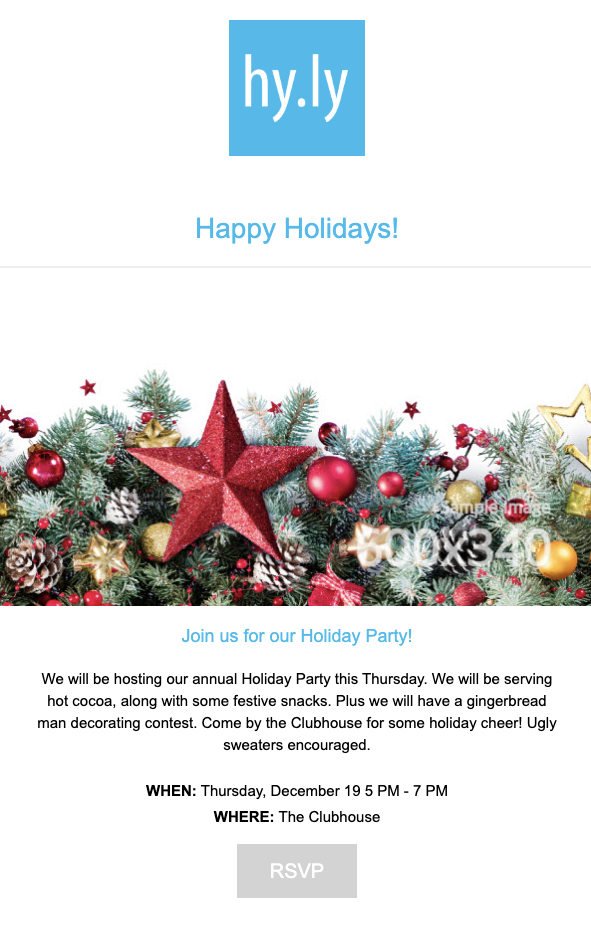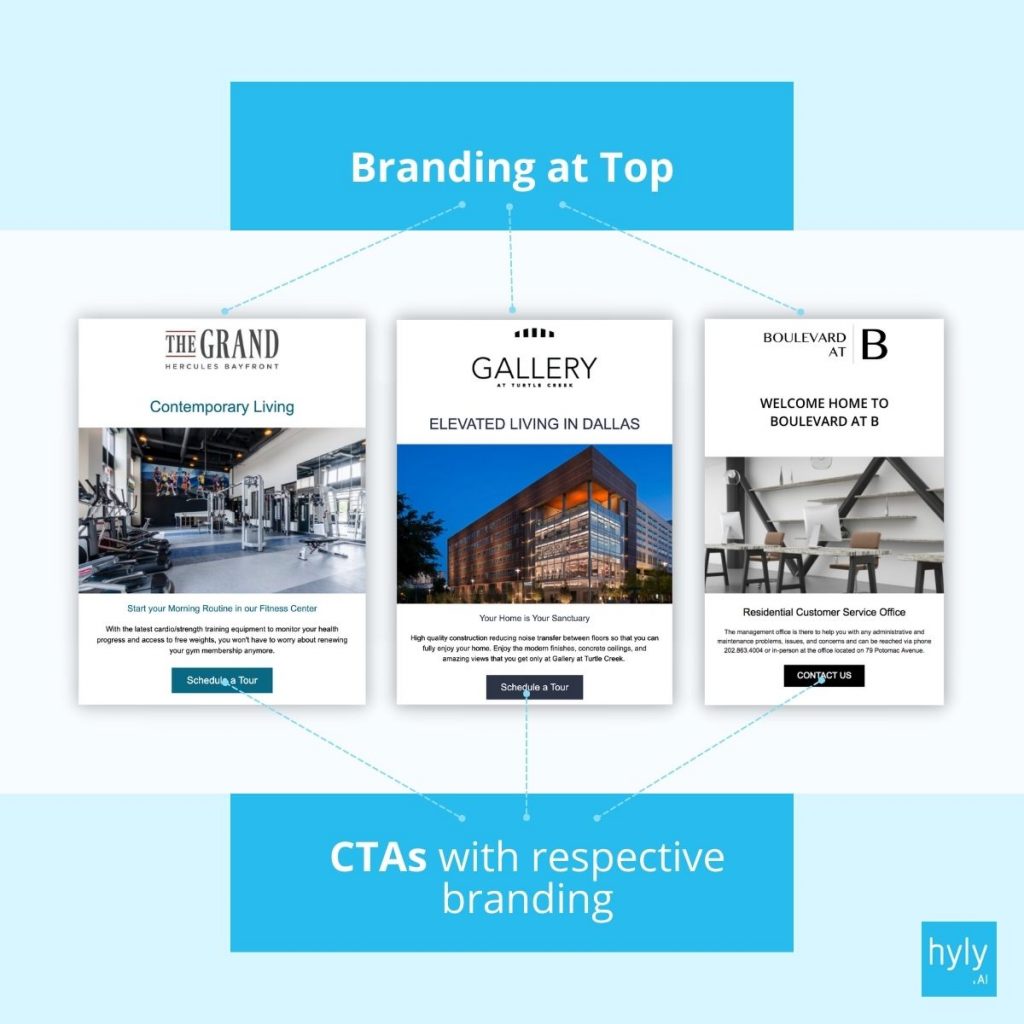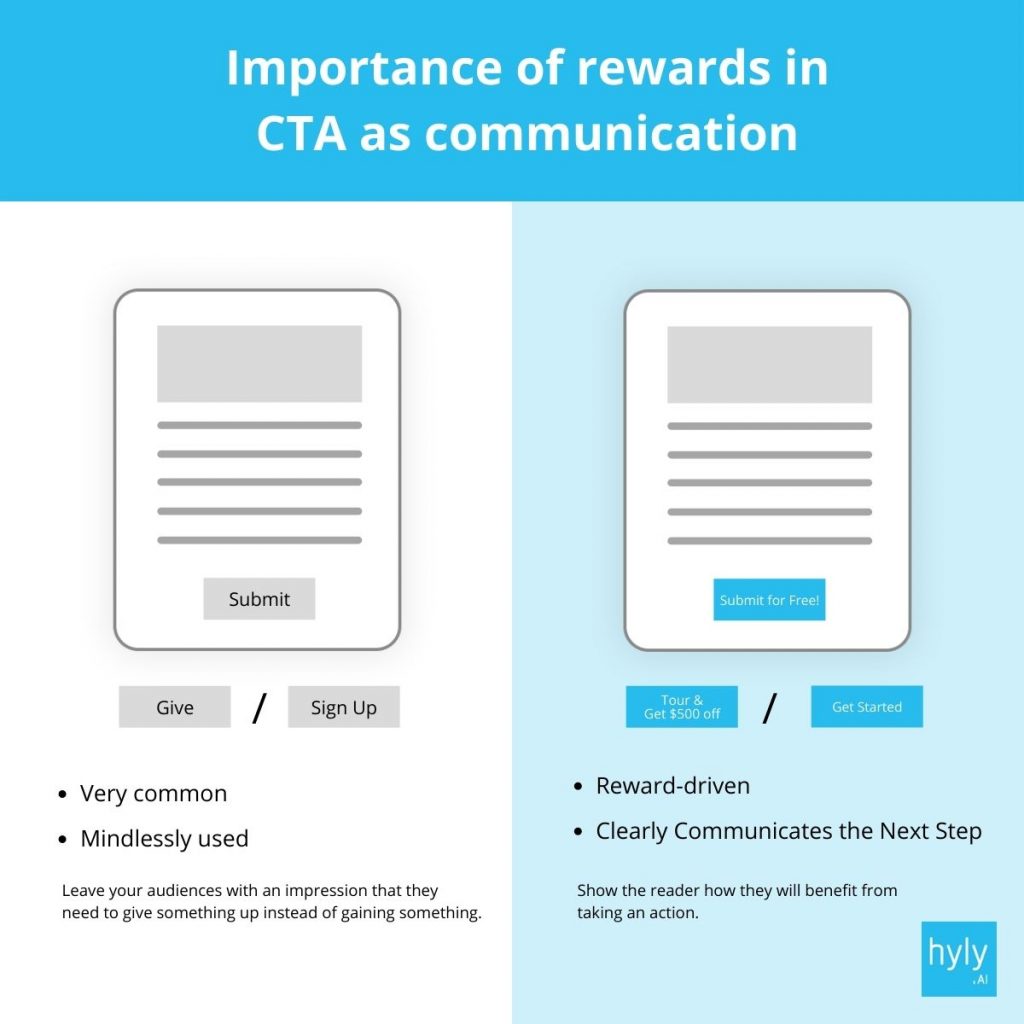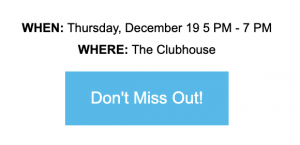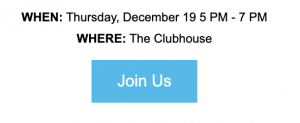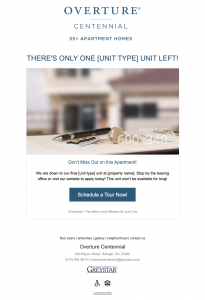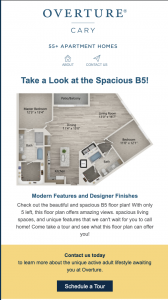Call to Action: The Ultimate CTA Strategy
Did you know that more than 90% of visitors who read your headline also read your CTA (Call To Action) copy? Imagine this, you have reeled your audiences in with your catchy subject line and concise pre-header. However, they have opened your email but failed to take any action or click on your CTA. This doesn’t help your conversion goal. Before diving into the CTA mistakes that might be costing you your leads and conversions, let’s look at the definition of a CTA and why it is important.
What is CTA?
A CTA is a call to action in the form of a button. It directs the audience to the landing page of your choice. Each email tries to deliver a message to your audience in email marketing. As with every great story, titles, visuals, and information generate interest, an email CTA should deliver a message that resonates with the reader.
Examples of CTA
Here are some actionable CTAs you can include in your copy:
- Reserve your spot now
- Sign up now
- Sign up for free
- Free trial
- Buy now
Why is Call to Action Important?
A well-crafted and compelling CTA is what will influence the reader to take the action that was intended from the email.
A trick to boost your conversion rate is by using only one CTA. Emails that have only one Call to Action boosts sales by 1617%. CTA directly influences the CTR and conversion rate of your email. It encourages your audience to take deliberate action. Without one, the audience will leave without taking any action. Having built interest throughout the email, a CTA is a final touch that transitions the prospect or resident to the next customer journey stage.
Elements of an Effective CTA
CTA is more than just a button. A number of factors go into constructing an effective CTA. The psychology behind the call to action includes color, border size, and width. An effective CTA has to have the following elements to grab and retain the audience’s attention and to make them take the intended action.
CTA Button & Squint Test
The color of your CTA button must be eye-popping and in contrast to the background color of your email body or template. An easy way to ensure this is to perform a squint test. Never done a squint test and wondered how to do one? It is very straightforward.
You simply have to look at your design at a further distance and squint your eyes to see if the CTA button is the first element you notice within that blurry vision. You may want to consider different colors for the button, font, or border if the CTA is not what you first see. Let’s try that squint test with our example!
- Bad Example : Non-contrasting color
- Good Example: Brand Color
CTA Strategy: How to Make your CTA Stand Out
A CTA text should be in line with your marketing strategy and the action you want your audience to take. A call to action strategy can be tailored to your campaign objectives like boosting leads, driving product purchases, or building brand awareness. Here are some ways to make your CTA stand out.
Personalized CTA
According to Hubspot, personalized CTAs perform better by 202%. In general, people prefer things that are unique or personalized to their interests. If you design your CTA based on the persona of your target audience, you will achieve high conversion rates.
Reinforce Brand Identity with your Brand Color
In every Hyly.AI email, we ensure that all your branding elements are consistent and locked in. Having your brand color for the CTA reinforces consistent brand identity and helps increase brand awareness. As much as CTA is an art, it is highly driven by the power of science.
The psychology behind it explains how a prospect goes from opening your email to taking an action by scheduling a tour. Understanding these psychological principles can help drive your CTAs performance and understand your audiences better.
Rewards
Although you want your CTA to be short and concise, most people will make the mistake of using words like “Submit,” “Give,” or “Sign up.” These words are very common and mindlessly used. These words leave your audiences with an impression that they need to give something up instead of gaining something.
It would be best to first decide where you want to lead your audiences and use a word that is reward-driven and clearly communicates the next step. Show the reader how they will benefit from taking an action. For example, “Signup for free!”, “Tour & Get $500 Off”, “Get started” etc.
Sense of Urgency
You might think that your CTA is already well-crafted, but double-check and make sure you add some urgency to your CTA. FOMO (Fear of Missing Out) can be a powerful tool. And, when used correctly, it will drastically increase your conversion rate.
For example, include words like “final,” “limited time,” “now,” and “ends” into your CTA to create urgency and entice your audience to take an action by clicking. Studies have shown that 60% of people purchase something due to FOMO. Phrases like “Limited time”, “Now”, etc. create a sense of urgency for the reader to click the CTA.
Now ask yourself, which button do you want to click more?
CTA Testing
You’ve spent the last 30 mins carefully crafting your email, and you’re finally done. The last step is to publish. But before you do that, take another few minutes to make sure that the CTA URL link works. You want the published version to be error-free so that it would not negatively affect your conversion rate. Posting a dead link will frustrate your audience and give a bad impression of your property.
A/B Testing
As you optimize your CTA, keep in mind that there is no one-size-fits-all solution to CTA. That’s why the concept of A/B testing, otherwise known as split testing, is widely used for conversion rate optimization. When testing email campaigns using A/B testing, determining which campaign did better depends on revenue, clicks, and open rate.
Any element can be tested when testing your CTA, but you should be testing one variation at a time. If you test more than one variation simultaneously, you will not be able to track which variation truly drives the engagement. For instance, you can experiment on the CTA text between “Refer a Friend” or “Get $500.” We will be covering A/B testing in detail in a later blog.
CTA & Email Content Alignment
Imagine serving a 3-course fine dining meal to your guest. The main function of appetizers is to increase appetite and prepare the guest for the entree. Even though the main course is supposedly the climax of the meal, the guest’s overall experience will be based on every component of all the dishes served.
A successful CTA works the same way. Aligning your email content optimally is just as important as writing the copy. A bright CTA button is not the only factor that comes into play in the audience’s decision-making whether to click or not to click. Therefore, the subject line, title, visual, hero message, and overall content of your email should be and lead the audience to take action.
How to Create a Compelling CTA
- Use benefit-driven words and add a sense of urgency: Use words that make your audience feel like they are gaining something by clicking the CTA button. Adding a sense of scarcity and urgency will also encourage them to take action.
- Keep it Simple: Keep in mind that the main reason for the email is for them to click on the link. Make sure there is enough white space around the CTA and avoid visual distractions.
- Add Directional Clues: Adding visual clues that point to the CTA helps lead the audience’s eyes right to the CTA. An example would be an arrow that points to the CTA.
- Align Email Content with CTA: Make sure the subject line, email content, and CTA are working together to deliver the key message and encourage taking the next step
Exhibit A:
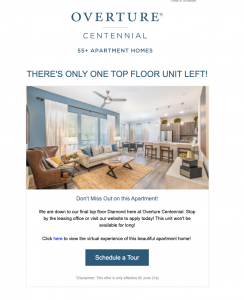 Result: Open Rate 40%, CTR 12%
Result: Open Rate 40%, CTR 12%
What they are doing well:
- Conveying a strong sense of urgency throughout the email
- Building email content around CTA
What can they improve on:
Adding a sense of urgency in CTA text
Revised Exhibit A:
Result: Open Rate 40%, CTR 12%
What they are doing well:
Adding direction clue to the CTA
What can they improve on:
Making CTA wording reward-driven
Here is a Checklist for you to use when crafting your next CTA.
We hope that you find this article useful. Please leave a comment on what topic you want us to cover next!
Check out our related knowledge base article on:
“How to Add CTA on Hy.ly Template”
https://support.hyly.ai/portal/en/kb/articles/email-editor-overview
References
Center an image, CTA, or logo in an email or page template. (2021, November 26). Knowledge Base. Retrieved February 9, 2022, from https://knowledge.hubspot.com/email/how-do-i-center-an-image-cta-or-logo-in-an-email
Emails with a Single Call-to-Action Increased Sales 1617% – Transaction. (n.d.). An eCommerce Agency. Retrieved February 9, 2022, from https://transaction.agency/ecommerce-statistics/emails-with-a-single-call-to-action-increased-sales-1617/
How Long Should You Wait to Declare An A/B Test Winner? Depends On Your Goal. (2018, February 16). Marketing Charts. Retrieved February 9, 2022, from https://www.marketingcharts.com/digital/email-online-and-mobile-82352
Marketing Resources for Small Business. (n.d.). Mailchimp. Retrieved February 9, 2022, from https://mailchimp.com/resources/
Question of the Day: What percentage of people make purchases due to FOMO? (n.d.).
75 CTAs Your Next Email Campaign Needs (Updated). (n.d.). Campaign Monitor. Retrieved February 9, 2022, from https://www.campaignmonitor.com/blog/email-marketing/75-call-to-actions-to-use-in-email-marketing-campaigns/
Siu, E. (2012, November 4). 10 Dangerous Threats to Your Landing Page Conversion Rate. Unbounce. Retrieved February 9, 2022, from https://unbounce.com/landing-pages/threats-to-your-conversion-rate/
Smith, J., & Patel, N. (n.d.). Everything You Need to Know About the Psychology of the Call to Action. Neil Patel. Retrieved February 9, 2022, from https://neilpatel.com/blog/psychology-of-the-cta/
Vocell, J. (2018, June 28). Personalized Calls to Action Perform 202% Better Than Basic CTAs [New Data]. HubSpot Blog. Retrieved February 9, 2022, from https://blog.hubspot.com/marketing/personalized-calls-to-action-convert-better-data



